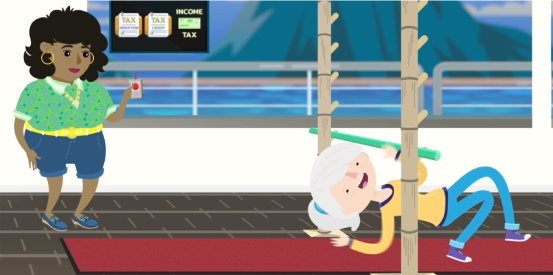Registered Accounts
Planning for the future starts with the right tools. A registered account helps you grow your savings with tax advantages—whether you're investing for retirement, your first home, or long-term goals. With the right strategy, your dreams are within reach.
Empowering Through Education

10 Questions to Ask Your Planner
These questions will help you interview and evaluate several financial planners to find a competent, qualified professional with whom you feel comfortable and whose business style suits your financial needs.

What is Wealth Management?
The reality is ‘wealth management’ isn’t only for the wealthiest people who have vast fortunes to pour into investing.

Retirement & Taxes
Planning for retirement involves not only accumulating savings but also understanding the tax implications of various investment vehicles.
Join a financial institution where you're treated like a VIP, regardless of your balance.
Open an account with Synergy CU online in just 10 minutes – it's quick, easy, and hassle-free!
Still have questions?
Talk to us - we'd love to help.

 Search
Search







 JOIN US
JOIN US







